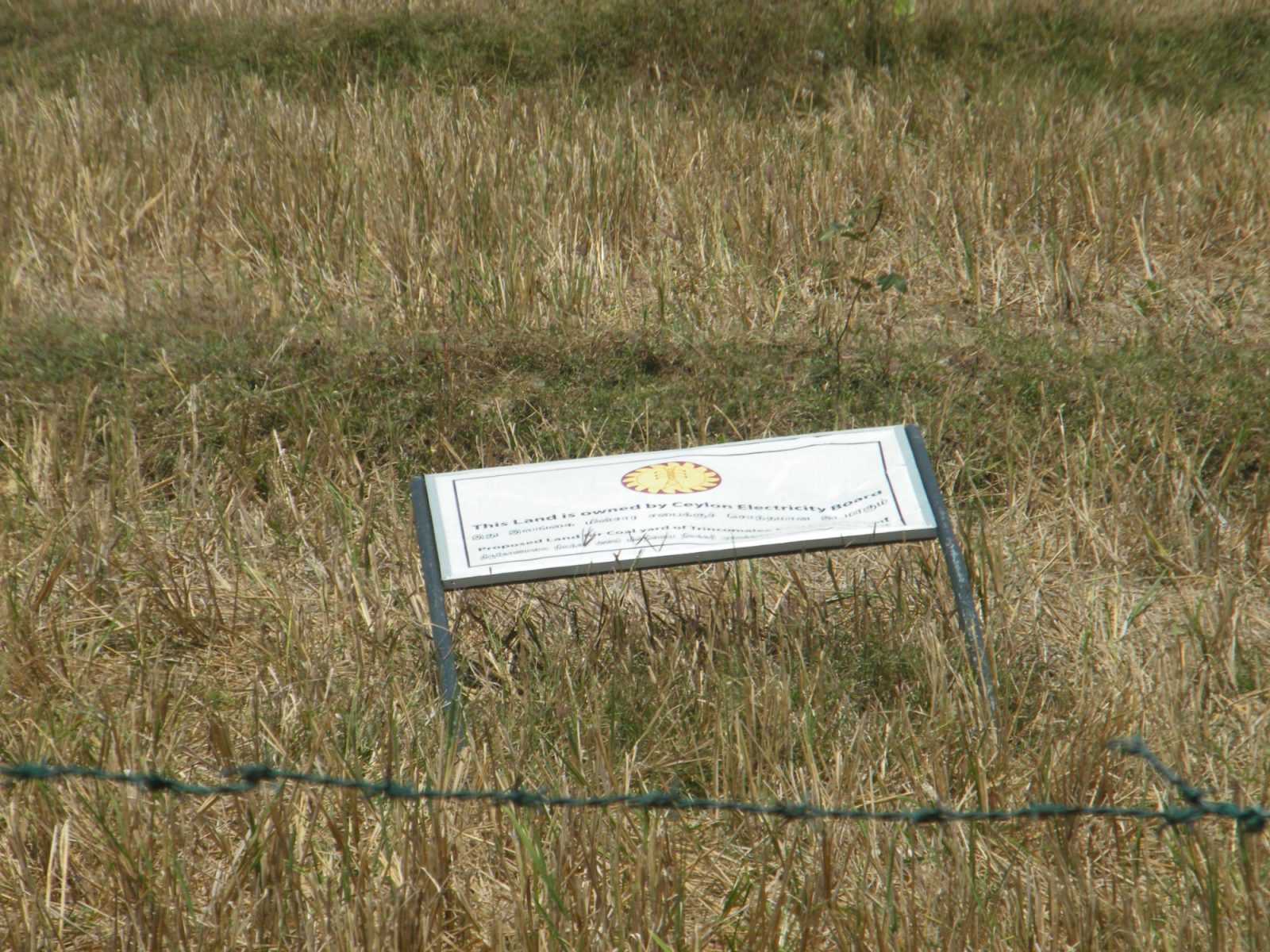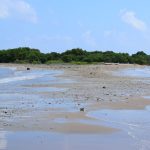Category:Legal, Significant Cases

Case number
SC (FR) Application No. 179/2016
Environmental Foundation Limited v. Anura Wijepala, Chairman Ceylon Electricity Board and 15 others
This case involved a proposed coal power plant in Sampur, Trincomalee. The power plant was to be Sri Lanka’s second coal fired thermal power plant second to the Norochcholai coal power plant. It was to be a joint venture of the Ceylon Electricity Board and National Thermal Power Corporation of India. The proposal contradicted the government’s green policy in fighting global warming, adopting low carbon emission development models, while increasing the use of renewable energy and achieving sustainable development.
EFL’s role
Environmental Foundation Limited (EFL) is a non profit organisation which institutes and assists public interest litigation. In this case, EFL filed a Fundamental Rights Application in the Supreme Court against the proposed coal power plant in Sampur, based on the potential detrimental effects that the plant would cause on the environment as well as the local community and their livelihoods.
What were the potential adverse effects?
- Production of harmful emissions such as Sulphur dioxide, Nitrogen Oxides, Hydrocarbons, Carbon monoxide, and several heavy metals such as Mercury, Arsenic, Lead, Cadmium, and Uranium and Thorium, which are radioactive elements.
- Fly ash which is produced by power plants that burn coal to produce electricity, contain radiation. This ash will be dispersed across a wide area, affecting people and the environment with irreversible and fatal consequences.
- Sulphur dioxide and Nitrogen oxides cause acid rain. Therefore since the proposed location of the coal plant is in the path of the northeast monsoon and the winds will carry the acid rain into the central mountains, affecting plantations and biodiversity.
- Rivers that flow into the northeast originate from the mountains, and will carry acid and fly ash laden water with heavy metals and radio-active elements to the agricultural areas in the northeast and north central provinces.
- As per the Gazette notification 1913/19 issued on May 7, 2015, land in close proximity to the coal power plant site in Sampur was transferred to Internally Displaced Persons (IDPs). These IDPs would be exposed to bad air and be affected in their livelihoods.
- The heavy metals and smog will cause widespread health problems.
- The acid rain, fly ash, and smog will affect cultural monuments in the Cultural Triangle.
- Disposing of sludge from the scrubbers will cause an accumulation of heavy metals and radioactive elements in dumping sites, leading to the sludge leaching into groundwater affecting people for generations to come.
- Sea water from Koddiyar Bay used for the cooling process would be discharged into Shell Bay affecting its biodiversity and marine ecosystem.
- Releasing of cooling water to Shell bay; thereby damaging its marine biodiversity further.
Current status
On September 13th 2016,when this matter was taken up before the Honourable Chief Justice of the Supreme Court, Deputy Solicitor General Mr. Sanjaya Rajaratnam, appearing for the 1st to the 8th Respondents informed Court he had received instructions from Dr. A. Batagoda, the Secretary to the Ministry of Power & Renewable Energy Sri Lanka that the proposed Coal Power Plant would not be initiated in Sampur, leading to the case being withdrawn in 2016.
Find out about the case in detail https://efl.lk/portfolio/halting-the-coal-power-plant-in-sampur/
Significance of the case
The case highlights the adverse effects of coal power plants to biodiversity, livelihood and irreversible health effects for generations to come. The case was withdrawn subsequent to the Ministry of Power & Renewable Energy informing Courts that the proposed Coal Power Plant would not be initiated in Sampur.





